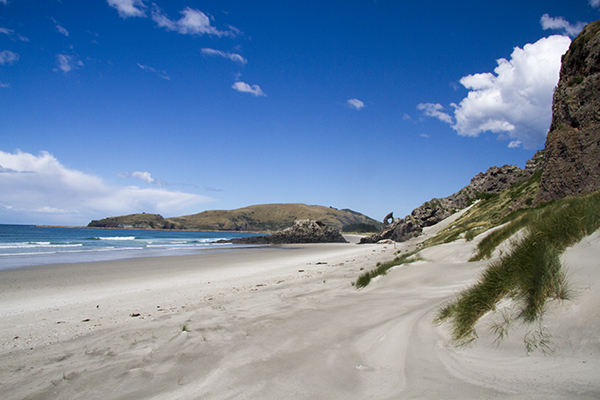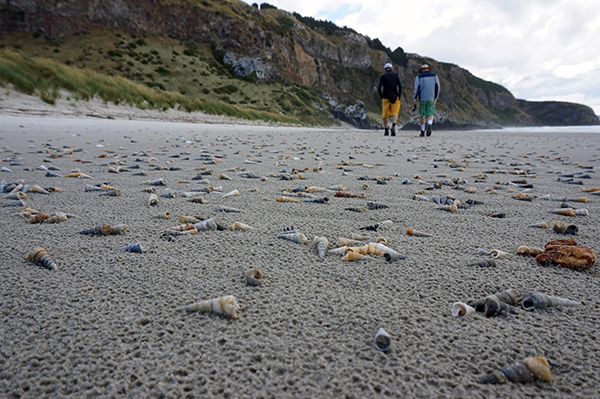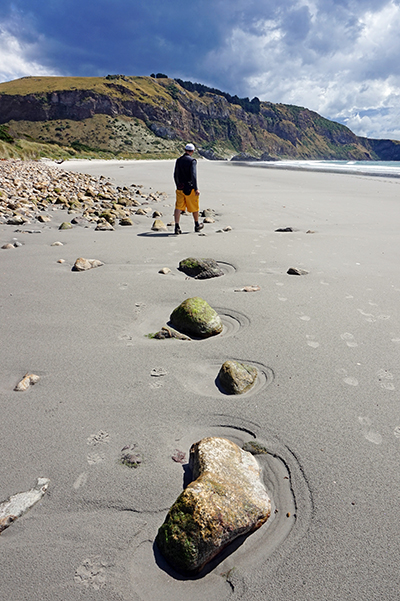Aramoana + Big Beach + Shelly Beach + Keyhole Rock/Bear Rock + The Mole
As far as Dunedin goes, Aramoana has lots of nooks and cranny's to explore! The town itself was founded by the harbor board in the 1880's as a pilot station and has since evolved into a beach resort from the 1950's. There are two main beaches here, located either side of "The Mole", which extends 1200 meters into the ocean from the shoreline. Created to keep the sand from entering the harbor. Big Beach is on the left hand side with the massive cliffs looming over head, On this beach you will find lots of penguins and seals, and the famous "Keyhole Rock". Always good for a picture. On the right hand side is Shelly beach, you will just have to go here to see why. On a side note this town was the site of New Zealand's deadliest mass murder where 13 people were shot dead before the police shot the gunman down. There is a movie about it.
Directions
From Dunedin City head towards Port Chalmers and keep driving past. The road is windy and takes a good 20 minutes to make it to Aramoana. Drive through the little beach town and the road turns to a parking lot at the far end. Ample parking and the beach is right outside your doors.





